Decoding Translations with ChatGPT: A Comprehensive Guide
Since it first came out, ChatGPT has wowed people everywhere with its incredible way with words, especially in the world of translation. A lot of people want to know how well it translates. As a frequent user of ChatGPT, I often use it to translate content, sometimes alongside other tools like DeepL. In this article, I’ll share my experience with how it translates, and how it stacks up to other tools, and I’ll take a poem and step by step, make its English translation better. I’ll leave you with some tips at the end, so you can learn from my experience.
How Accurate Is ChatGPT for Translation?
The quality of ChatGPT translations comes down to a few key things:
- The model you use
- The language you’re translating
- The prompt words you use
- The subject of your translation
- Whether it’s spoken or written language
- A bit of luck
As you might know, GPT stands for Generative Pre-Trained Transformer. The fourth version, GPT-4, got even better at translating, thanks to people giving feedback and the bigger amount of data it learned from.
Unlike the earlier version, ChatGPT4 uses a two-step process to translate lesser-known languages—first into English, then into the final language. These languages don’t have as much training data, so their translations aren’t as good. But by first converting to English, it gets access to more data, which makes the translation better.
I found this table in an academic paper. It lists languages by name, code, how many people speak them, and how much data there is on them, then ranks them from high to low resources (high resource-H, medium resource-M, low resource-L, and very low resource-X).
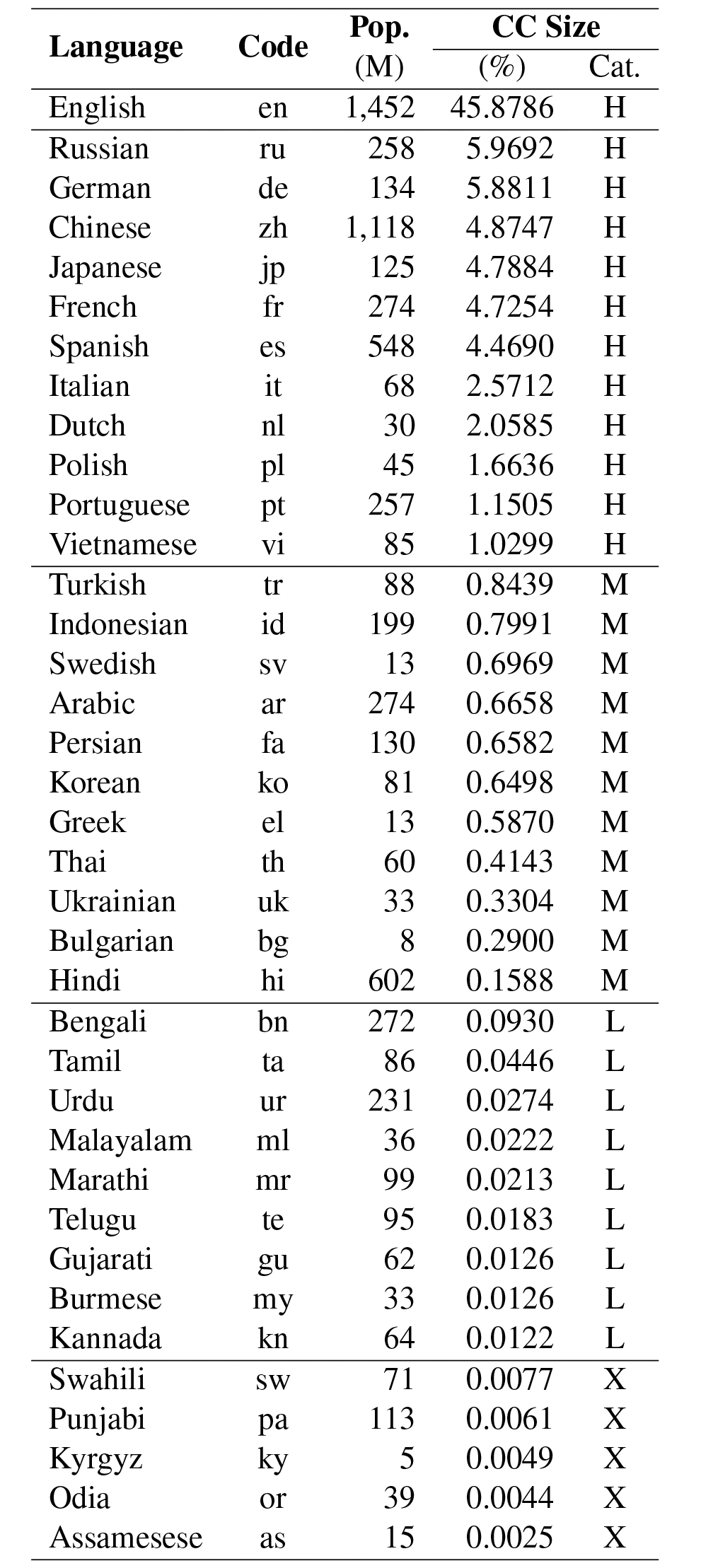
In short, the more data a language has, like English, Spanish, German, and French, the better its translations. Lesser-known languages like Indonesian, and Romanian don’t translate as well.
Another thing about ChatGPT is it can give better translations if you use prompt words. This is something it does better than Google Translate, DeepL, and others. Good prompts help ChatGPT understand what you want. Giving some background info in the prompt also helps it call up more relevant data. You can also tell it what style you want, like more casual or more academic. I’ll go over how to use prompts to improve translations later.
ChatGPT’s translations can be better or worse depending on the subject. For popular topics like news and e-commerce, it does pretty well. But for more specialized, niche fields like law or medicine, it’s not as good.
It’s also better at translating spoken language. It gets slang and idioms, and is pretty good at understanding context, which helps make translations sound natural.
It’s interesting that ChatGPT can give different translations for the same text. So if you don’t like what it gives you, try again! You might like the next one better.
Can ChatGPT Replace Translators?
While ChatGPT is good at translating, it’s not perfect, especially with less common languages. Human language is complex and full of subtleties. A good translator isn’t just good with language, but also understands cultural differences. For instance, what’s polite in one language can be rude in another if translated word-for-word.
If you’re translating in a specialized field, you also need to know your stuff. A lot of documents in these fields aren’t online or cost a lot to get, so ChatGPT doesn’t get to learn from them. This can make its translations in these areas less than great.
Comparing ChatGPT with Other Translation Tools
ChatGPT, along with DeepL and Google Translate, are all powered by artificial intelligence.
ChatGPT is a jack-of-all-trades when it comes to language. It’s not just a translator, but it can write papers, emails, code, and more. It’s trained on a lot more data, which is why it’s so versatile. Right now, it can handle over 90 languages.
DeepL, on the other hand, is a specialist in machine translation. It learns how to put sentences together and understand words from books and websites online. It can translate 26 languages as of 2023.
Google Translate is a machine translator that uses various technologies to help translate. It can handle 133 languages and also offers website, voice, and image translation.
To sum up, ChatGPT is more about generating human-like text and doing all sorts of things with it. DeepL’s focus is on high-quality translations using deep learning, while Google Translate is a Swiss Army knife of translation tools, supporting many languages and features.
ChatGPT is a bit better at translating spoken language, thanks to its bigger set of data on the topic. For real-time translation, you can use its iOS app with Siri to have a chat. It’s almost as good as a human at recognizing languages, with over 90 in its repertoire, even some regional dialects.
For languages with a lot of training data, like English and German, ChatGPT can hold its own against DeepL and Google Translate. However, for less common languages, DeepL or Google Translate might do a better job.
ChatGPT is a bit trickier to use though. To get the best translations, you need to be good at choosing prompt words. Unlike DeepL, you can’t see two languages side by side to check the translation.
It’s quicker and easier to use specialized translation tools. Just paste what you want to translate and get the result instantly.
For the best translations, you can combine ChatGPT with other tools. First, translate with a specialized tool, then use ChatGPT to make it better. For instance, if the text from the specialized tool sounds a bit stiff, you can have ChatGPT rephrase it to sound more natural.
How to Incorporate ChatGPT into the Translation Workflow
Now, ChatGPT might not be better than DeepL or Google Translate, but it can make translated text sound more natural, especially if you use prompt words. Here’s how you can use it effectively:
- First, decide if you want to use ChatGPT or a specialized translation tool for the first round of translation. You can test this by having both translate something you often translate, then stick with whichever does a better job.
- If you’re translating into a language other than English with ChatGPT, first translate into English for a better result.
- If the language you’re translating isn’t very common, the first translation might not be great. But you can give ChatGPT different prompt words to make the text sound more natural or suit your needs better.
How to Write Better ChatGPT Translation Prompts
Next, I’m going to use ChatGPT to translate the Chinese version of “When You Are Old,” a poem by William Butler Yeats. I’ll show you how using prompts can enhance the translation quality.
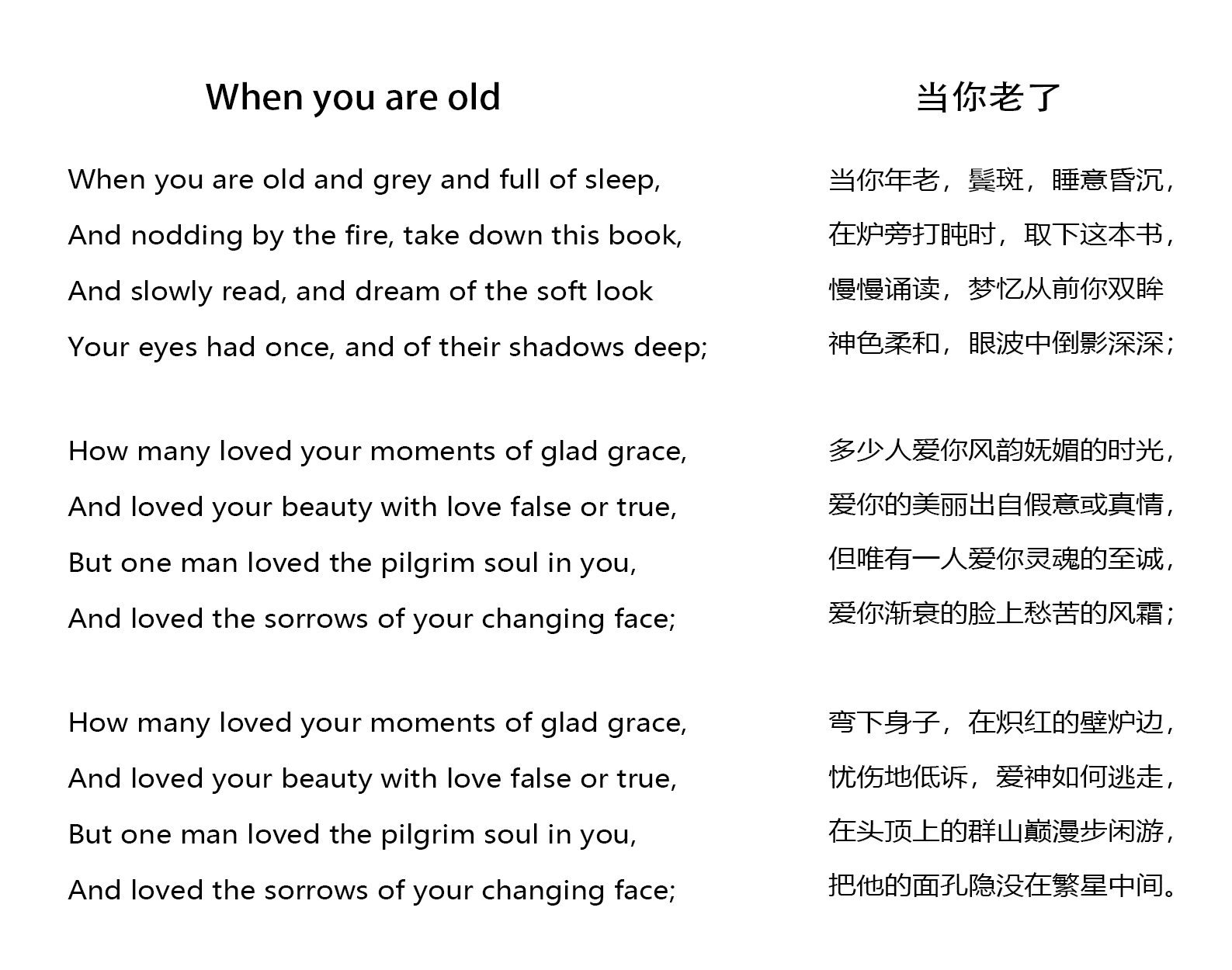
Role Prompting
Often, it helps to assign a persona to ChatGPT when asking questions. You can start your prompts like this:
I want you to act as an Chinese to English translator.
As a translator, you are proficient in Chinese and English.
You are a translator/poet/writer/scholar/doctor/lawyer who is proficient in both Chinese and English.
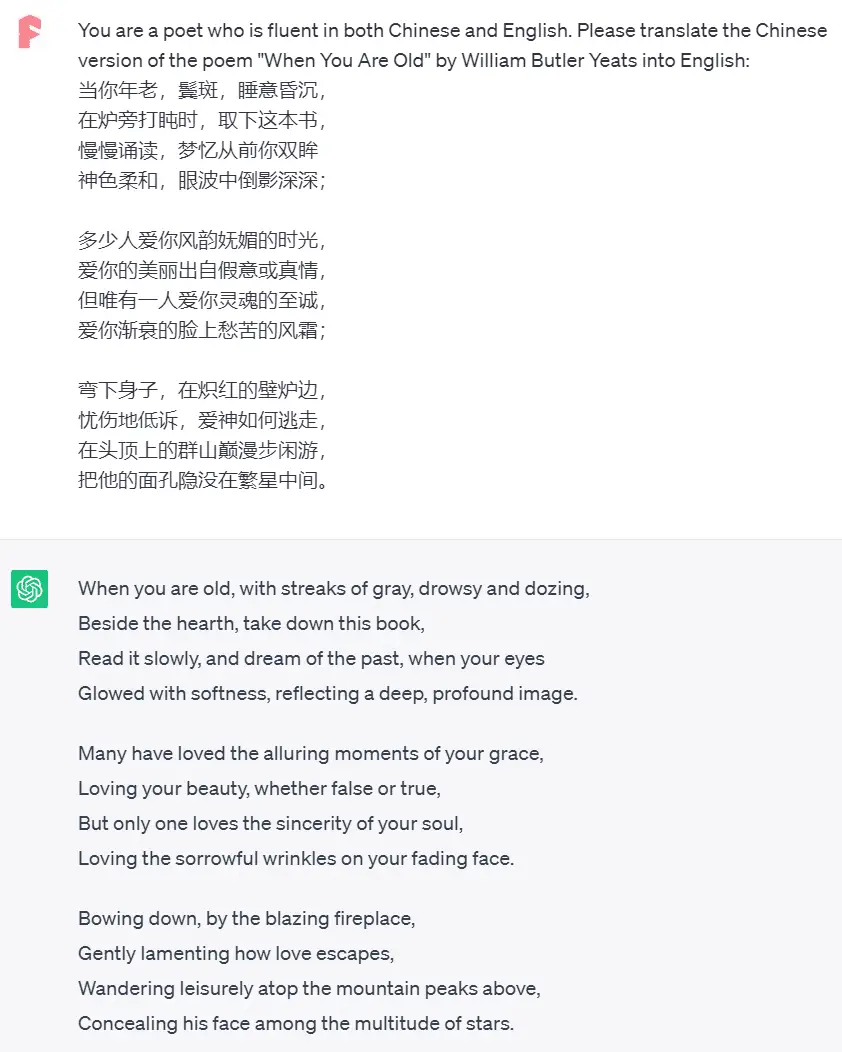
Offering Background Information
Giving ChatGPT some context can often result in better translations. For instance, if I tell ChatGPT that this poem is the Chinese version of “When You Are Old,” it won’t just spit out Yeats’s original English version, but it will come up with something a bit similar.
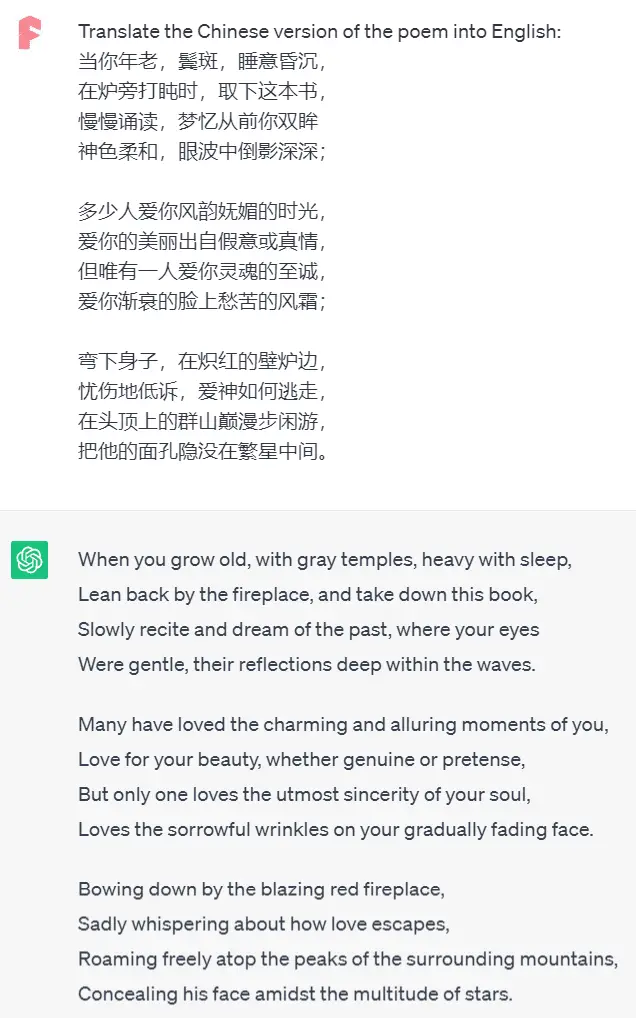
Specify the Domain
Telling ChatGPT what type of text you’re translating can enhance its accuracy. For instance, if I tell it that this is a Chinese poem, it’ll ensure the English version has a poetic feel. You can specify other domains too, like legal documents, business plans, news, medical reports, and so on.

Providing Examples
Giving ChatGPT examples can make it understand your request better. For instance, if I suggest it should follow the style of Yeats’s poetry, the output will have a Yeats-like feel to it.
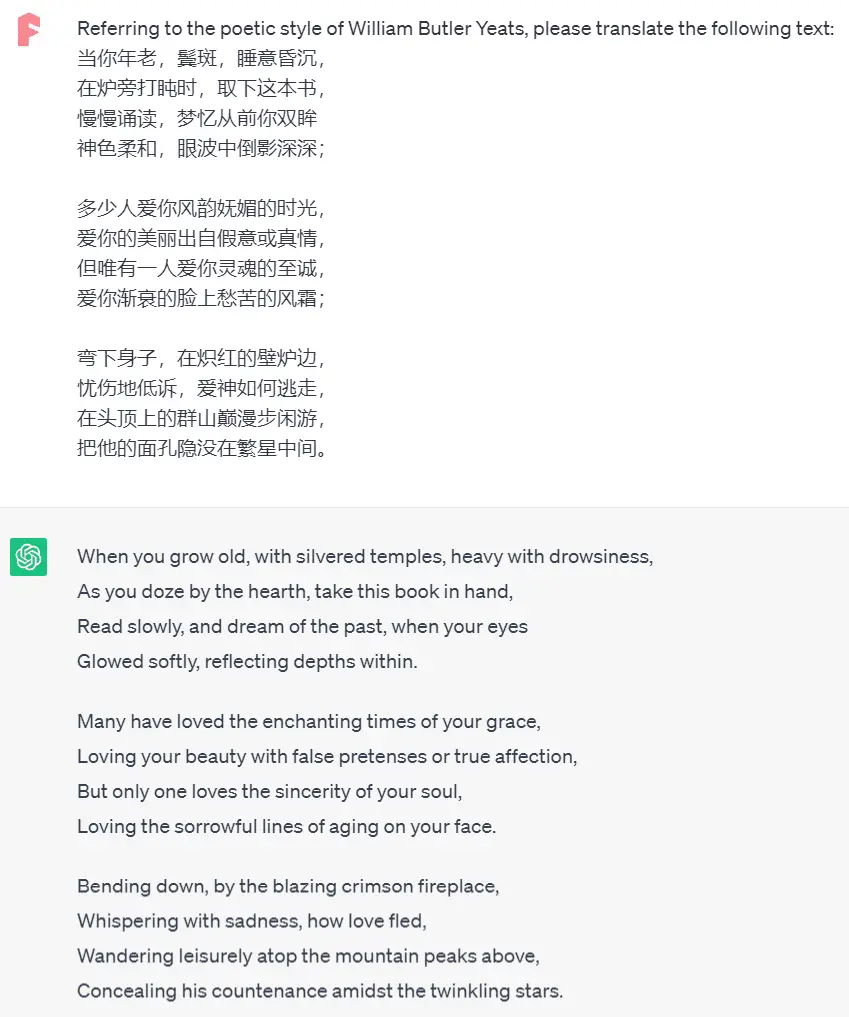
Name-Dropping Good Translators
If you assign the persona of a well-known translator to ChatGPT, it can improve the translation quality. For example, assigning it the role of Xu Yuanchong—a Chinese translator famous for his translations of Chinese ancient poems into English and French—can enhance the result.
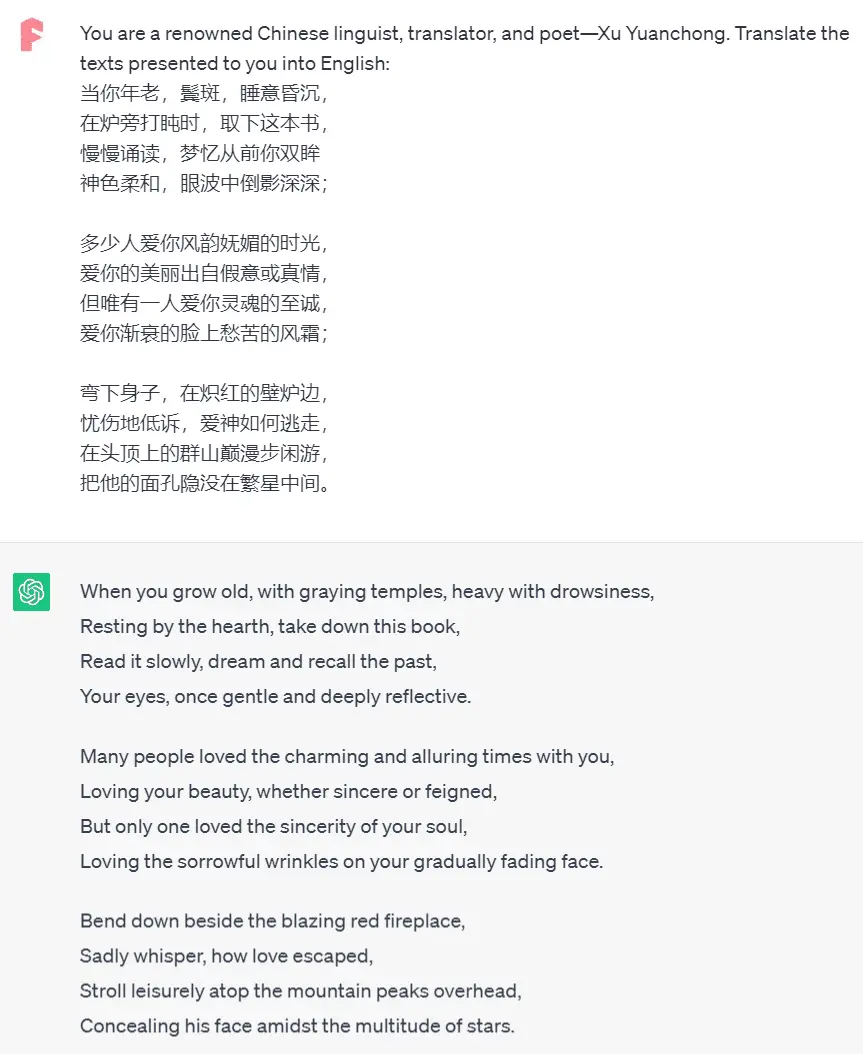
Defining the Text Style
You can also guide the style you want ChatGPT to follow. Or tweak the style post-translation. For example, ask it to simplify complex concepts:
Use simple language that a person would use in everyday to convey complex ideas so that they are clear and easy to understand.
Encourage it to use short sentences:
Bias toward short sentences.
Ask it to use metaphors and analogies to spice up the text:
Use metaphors, analogies and other literary devices to make points relatable and memorable
In essence, you can define as many styles as you want until you’re happy with the output.
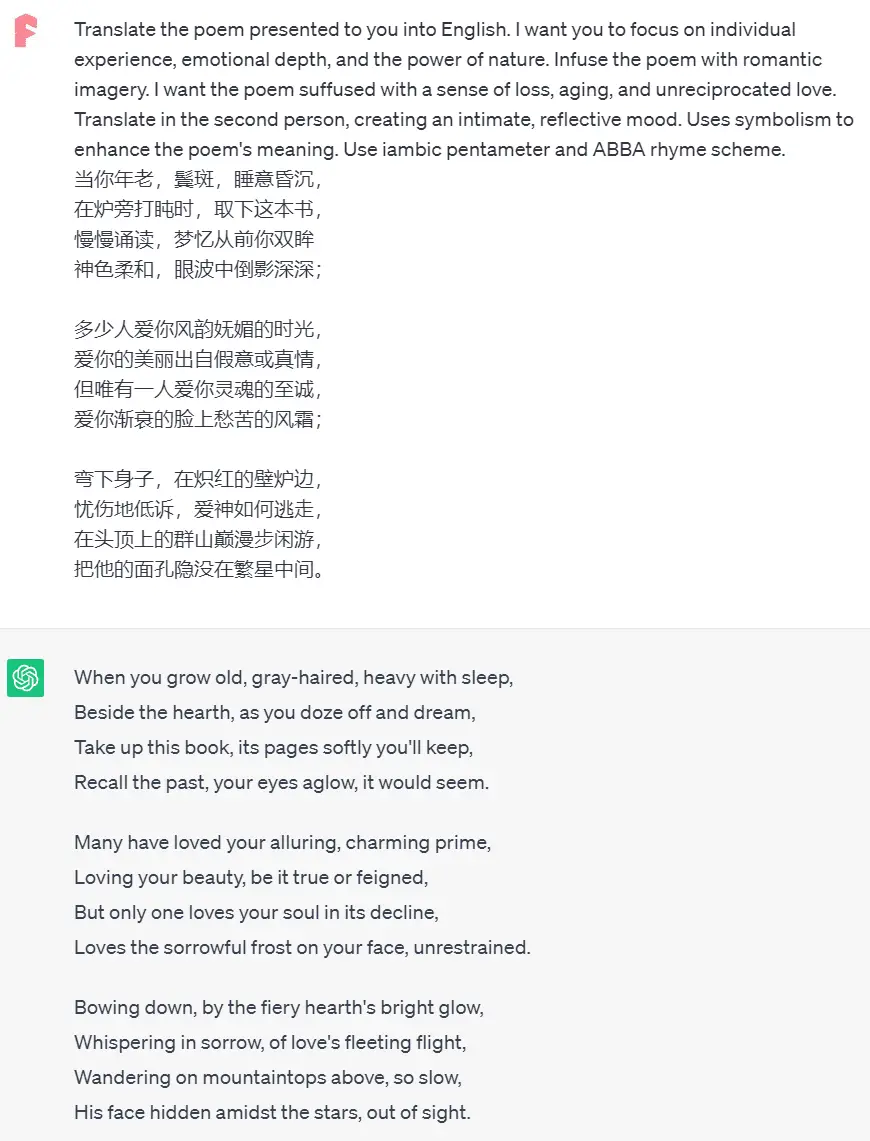
Now, let’s use all these tips and tricks to see the final translation of the poem:
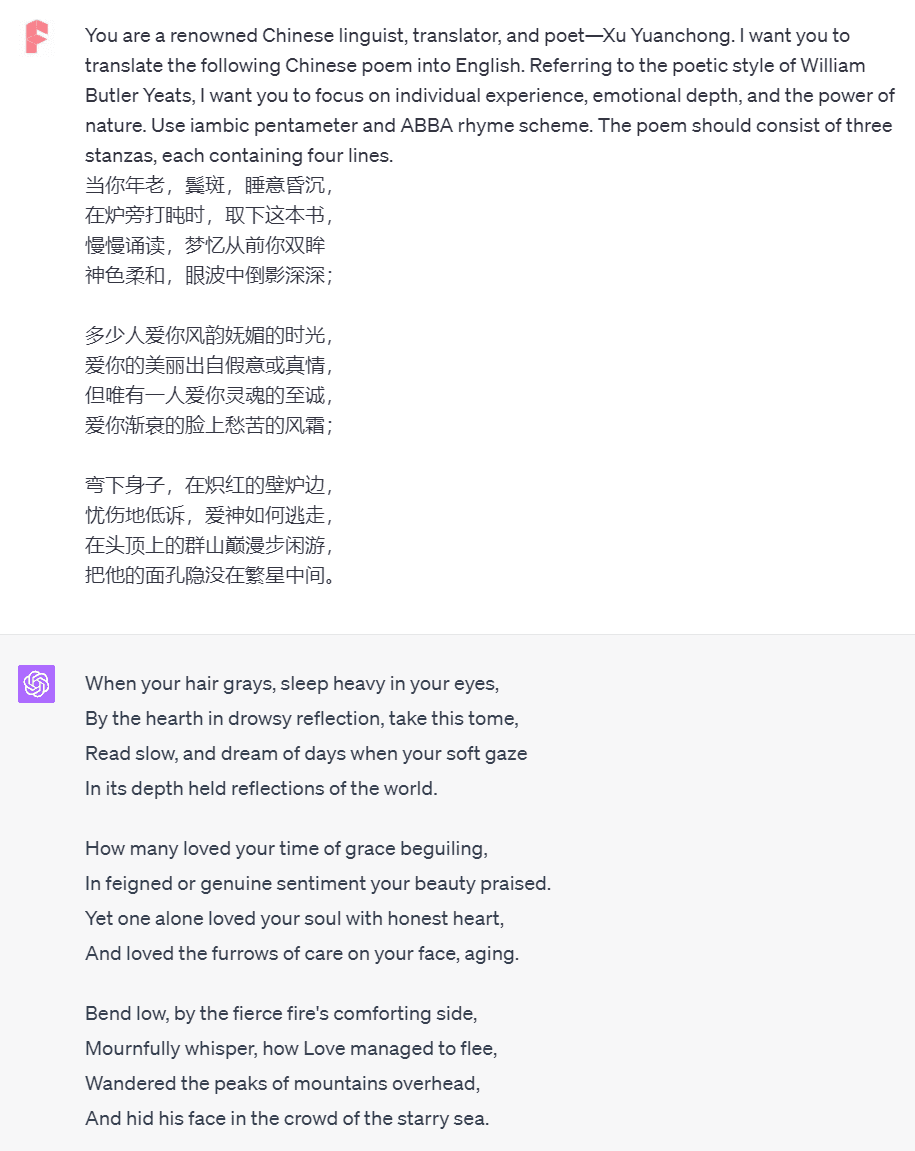
To Sum Up
In conclusion, while ChatGPT can’t completely outdo traditional translation tools like DeepL or Google Translate, it brings a unique flair to the table. Its ability to handle a vast array of languages, create natural-sounding translations, and adapt to the context are clear advantages. The key to success with ChatGPT lies in crafting well-thought-out prompts. Combined use of specialized tools with ChatGPT can yield impressive results. So, let’s break language barriers, one well-crafted translation at a time!






